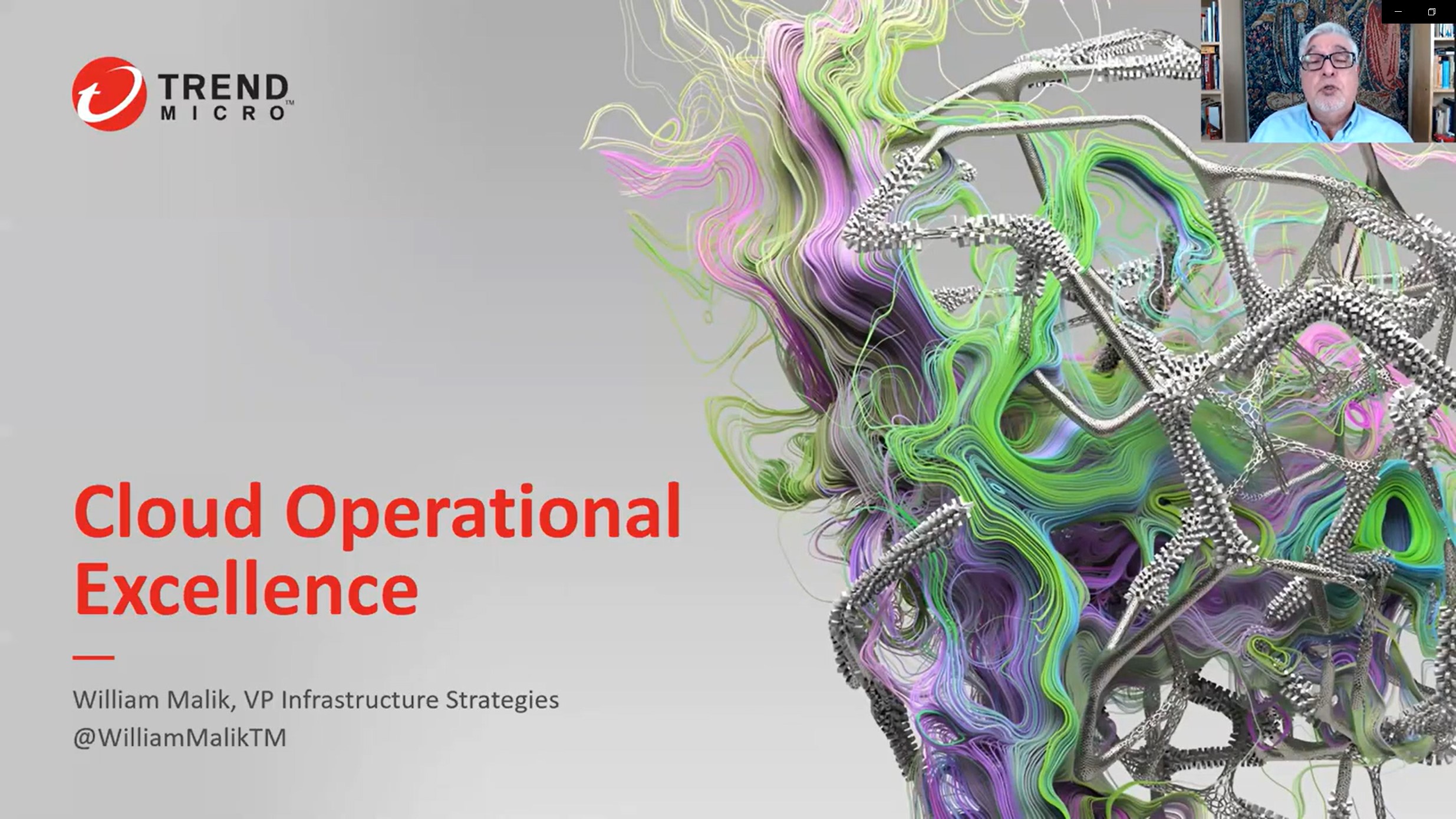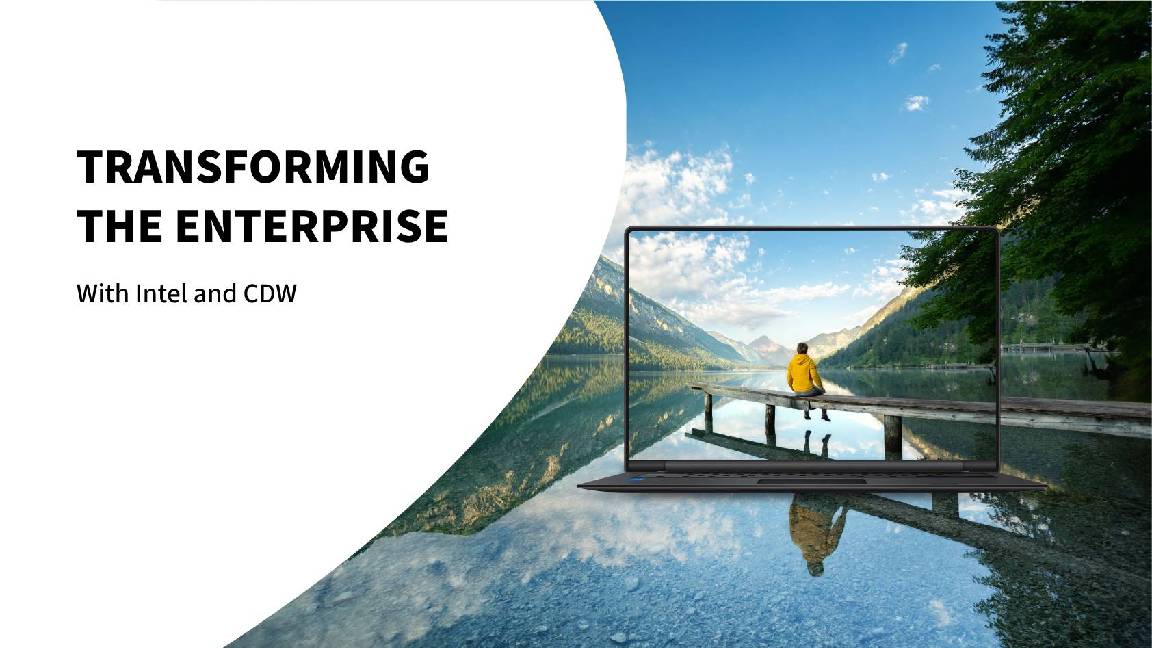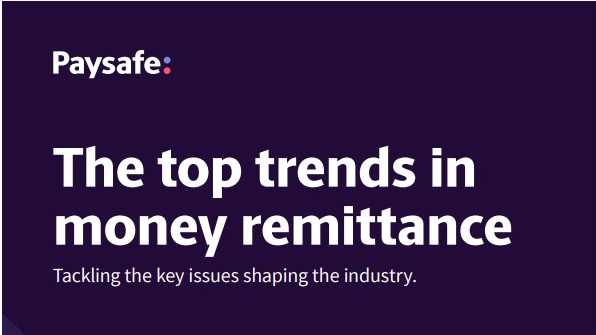What is IT service management?
Our quick guide to ITSM and how it can benefit your business

In the past, companies have regarded IT as merely a department within the broader organisation that troubleshoots any problems with hardware and software it needs to function.
However, treating IT as a service can reap far more significant dividends as it helps businesses support their goals and their customers. Rather than dealing with issues ad hoc, IT departments can serve a more innovative role by offering services and technologies intended to increase value.
ITaaS is usually accomplished through a third party, but you can follow the same principles internally through IT service management.
What is IT service management and how does it work?
IT service management, otherwise known as ITSM, is just how IT teams manage the end-to-end delivery of IT services to end users in the business.
RELATED RESOURCE

Discover leadership insights from CIOs for CIOs and take control of your digital transformation
Pilots, co-pilots, and engineers: Digital transformation insights from CIOs for CIOs
It revolves around designing, creating, delivering, improving, and managing the lifecycle of IT services. Companies that follow processes see IT services as a way of delivering business value and achieving objectives. Rather than just fixing problems as they arise, under ITSM, IT teams are meant to be constantly learning and improving processes and supporting the business’ digital transformation.
This process should be supported by software that helps the IT team support the organisation. It should automate everyday processes to enable staff and give them more time back for strategic projects, which will move the business forward.
What benefits can ITSM give your business?
ITSM improves the overall function of your company in several ways.
Get the ITPro daily newsletter
Sign up today and you will receive a free copy of our Future Focus 2025 report - the leading guidance on AI, cybersecurity and other IT challenges as per 700+ senior executives
It can improve efficiency. ITSM has many parts that help businesses maximise their resources. For example. IT asset management can enhance the life cycle management of IT assets and create cost-effective strategies for asset procurement and disposal.
It can reduce operations costs. ITSM can assist IT teams to scale operations more easily without the need for excessive hiring through automation that reduces manual workload.
ITIL vs. ITSM: What’s the difference?
So, you like the sound of streamlined processes and better customer service, but how do you get started?
Software company Atlassian warns against copying and pasting another business’ set of standards, no matter how successful they appear to be. Every business has a unique environment with unique needs, and since the entire point of ITSM is to drive your business goals and improve its processes, it doesn’t make sense to copy the processes of another business with different goals and ways of working.
Instead, you’ll want to build upon one of the many frameworks that provide guidance for optimising ITSM.
ITIL, or the IT Infrastructure Library, is the most widely recognised. Created in the mid-1980s and updated since, ITIL focuses on end-to-end value delivery through service relationships, or a Service Value System (SVS). The aim is to improve the effectiveness, scalability, and stability of your services and manage risk.
RELATED RESOURCE

Cloud operational excellence
Everything you need to know about optimising your cloud operations
The latest iteration of ITIL, ITIL 4, was released in 2019 with the aim to provide more flexibility for supporting businesses undergoing digital transformation projects. For a run-down of ITIL 4, read this guide.
There are also frameworks specific to different industries or business requirements, like Business Process Framework (eTOM), which is designed for telecommunications service providers.
However, successful IT teams will not take any of these frameworks as a rule book they must follow, but guidelines that they can adapt to their business and customers.
-
 Bigger salaries, more burnout: Is the CISO role in crisis?
Bigger salaries, more burnout: Is the CISO role in crisis?In-depth CISOs are more stressed than ever before – but why is this and what can be done?
By Kate O'Flaherty Published
-
 Cheap cyber crime kits can be bought on the dark web for less than $25
Cheap cyber crime kits can be bought on the dark web for less than $25News Research from NordVPN shows phishing kits are now widely available on the dark web and via messaging apps like Telegram, and are often selling for less than $25.
By Emma Woollacott Published
-
 Better together
Better togetherWhitepaper Achieve more with Windows 11 and Surface
By ITPro Published
-
 Transforming the enterprise
Transforming the enterpriseWhitepaper With Intel and CDW
By ITPro Published
-
 The top trends in money remittance
The top trends in money remittanceWhitepaper Tackling the key issues shaping the money remittance industry
By ITPro Published
-
 How to empower employees to accelerate emissions reduction
How to empower employees to accelerate emissions reductionin depth With ICT accounting for as much as 3% of global carbon emissions, the same as aviation, the industry needs to increase emissions reduction
By Fleur Doidge Published
-
 Worldwide IT spending to grow 4.3% in 2023, with no significant AI impact
Worldwide IT spending to grow 4.3% in 2023, with no significant AI impactNews Spending patterns have changed as companies take an inward focus
By Rory Bathgate Published
-
 How Kantar revamped its IT infrastructure after being sold off
How Kantar revamped its IT infrastructure after being sold offCase Study Being acquired by a private equity firm meant Kantar couldn’t rely on its parent company’s infrastructure, and was forced to confront its technical shortcomings
By Rene Millman Published
-
 Report: Female tech workers disproportionately affected by industry layoffs
Report: Female tech workers disproportionately affected by industry layoffsNews Layoffs continue to strike companies throughout the tech industry, with data showing females in both the UK and US are bearing the brunt of them more so than males
By Ross Kelly Published
-
 Deutsche Bank wraps up Postbank IT integration after bug-laden migrations
Deutsche Bank wraps up Postbank IT integration after bug-laden migrationsNews The IT merger is expected to generate annual savings of €300 million by 2025
By Daniel Todd Published